A fire is a natural element with a blast of energy inside. If rightly used, it works as a saviour for us. But if misused, it may turn into a predator too. That is why we use fire-preventive tools. A fire extinguisher is a handy, ready-made, and suitable solution for keeping fire and its blast in control. All fires are the same way destructive, but ways to extinguish it are different, as the controlling measure largely depends on the reason or the origin of the fire.
By definition, fire is a process, state or instance of combustion in which fuel or other material is ignited and gets combined with oxygen, giving off light, heat, and flame. As we know all aspects have drawbacks as well, protection against fire is indeed important. The ability of humans to control fire is one of the most significant technological advances of our evolutionary history, fire extinguishers are one of the fire manager devices.
Absolute safety from fire is not attainable. It is impossible to eliminate all combustible materials or all potential ignition sources around us. In spite of technological advancement in safety and troubleshooting, fire accidents continue to happen, causing thousands of death every year. You cannot stop using fire but you can implement an adequate fire protection plan so that you can take a quick control on the fire accident. Here we are going to discuss about some proven means of fire protection – the most common and widely used tool is a fire extinguisher.
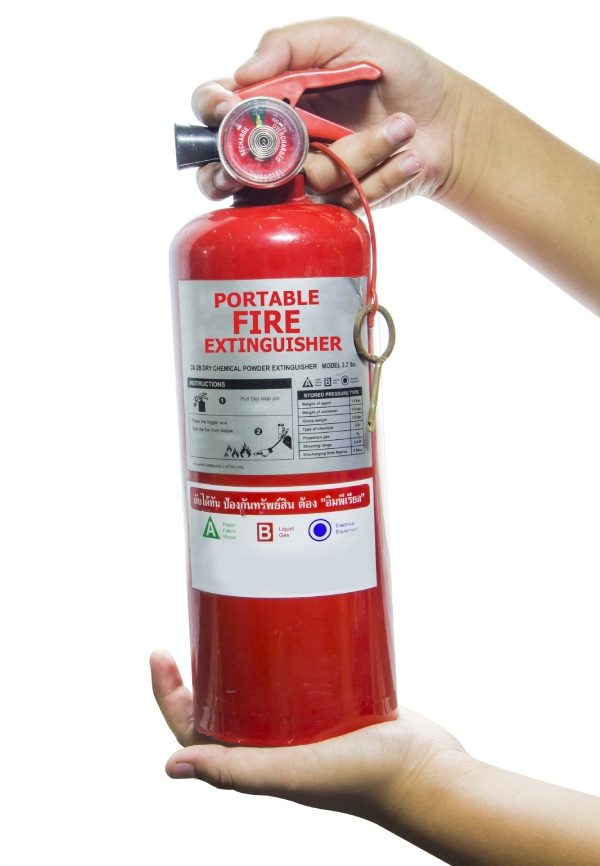
Fire extinguisher is a portable device that discharges a jet of water, gas, foam or other fire blocking materials to extinguish a fire. It is an extremely important tool as it helps in suppression of fires, and avoid damage to human life, pets, domestic assets, and varieties of movable and unmovable properties in a premise.
Fire Response
Response to any fire incident, regardless of the form of the response should have these three basic priorities listed by importance:
01. Life Safety and Personal Protection from Fire
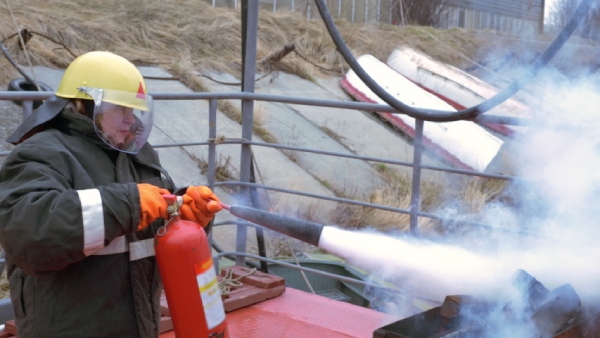
The most significant thing to accomplish post a fire incident is to protect life and avoid injury as much as possible. Properties, products, and materials are replaceable and we can rebuild them. But human life and health is precious and you should not compromise about it. If nothing else is saved in a fire accident other than the complete safety of all the human and animal assets involved, then you should consider that you have managed to save a lot and that’s a big achievement of you.
If you want to fireproof your home, then here are the strategies for you.
02. Incident Stabilization
Once the first priority has been accomplished, the second point is to stabilize the incident – taking measure to prevent it from getting worse. By stabilizing the incident and not allowing it to change, or to grow in size or in intensity, the incident turns less scary and cannot harm more lives and property even if the property or area involved becomes a total loss.
03. Property Conservation
Only after point 1 and point 2 is established, the focus may turn toward extinguishing the fire quickly.
The contribution of portable fire extinguishers and pre-engineered systems in response to a fire incident has the same priorities listed above. Together with the help of a fire control plan, alarm notification, safe and quick response, evacuation, application or portable extinguishers and pre-engineered systems may be the key elements in the management of any fire incident.
After a fire accident, you can call Disaster Restoration Company to repair and restore your damaged property.
So, first let us understand different types of fire-extinguishers.
Types of Fire Extinguisher

Various types of fire extinguishers are designed to extinguish different types of fire. There are basically five types of fire extinguishers, responsible (frequently used for) extinguishing particular type of fire.
01. Pressurized Water Fire Extinguishers
02. Carbon Dioxide Fire Extinguishers
03. Dry Chemical Fire Extinguishers
04. Halon Fire Extinguishers
05. Wet Chemical Fire Extinguishers
When fire breaks out, it is always necessary that you know which type of extinguisher will be the most efficient for the particular class of fire. To understand that, fire is classified in some classes. So, before we jump into the explanation on Types of Fire Extinguisher” it is important to gain the knowledge on the classes of fire. Let us have brief notes on the classification of fire.
Classification of Fire
● Class “A” Fire

A class “A” fire involves any material that has burning leaves or ember or ash. The common examples of class “A” fire are wood, paper, or pulp. The preferred method to extinguish class “A” fires is to remove the heat. Water is the most common agent, but other agents such as dry chemical, Halon, halogenated agents, and foam can also be used effectively to extinguish this class A fire.
● Class “B” Fire
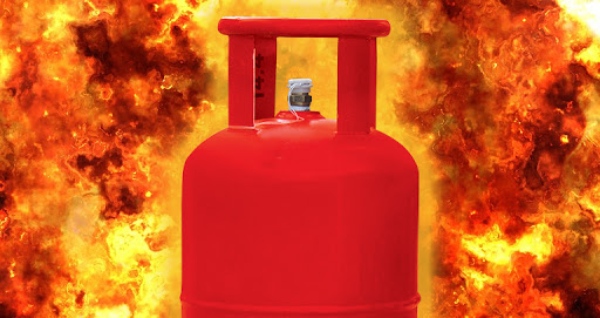
A class “B” fire involves flammable gas or liquid. Familiar examples are gasoline, oil, propane, and natural gas. A variety of fires extinguishing agents are used on fire flame generating from flammable liquids. The selection of extinguishing agent largely depends on son the circumstances involved in creating fire. Flammable liquid does not ignite in their liquid state; rather it is the vapours being generated by these liquids that ignite the flame. The mixture of oxygen and flammable vapours in proper proportion requires only an ignition source to initiate the combustion process.
● Class “C” Fire
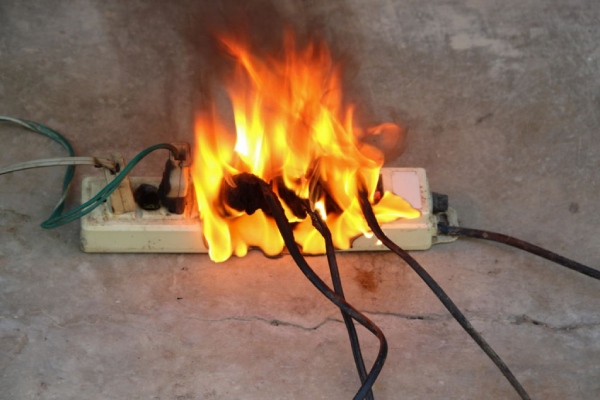
A Class “C” fire involves live electrical equipment and it needs the use of an extinguishing agent and/or extinguisher that will not allow the reverse conduction of electricity back to the firefighter(s). Electricity is an ignition source and an energy point, but by itself will not burn. Instead, the live electrical appliance may act as a source of ignition for a class “A “fire such as insulation or packing, or a class “B” fire.
Do you know electrical appliances can be proved hazardous during monsoon? Go through the below links and protect yourself from such a situation.
● Class “D” Fire
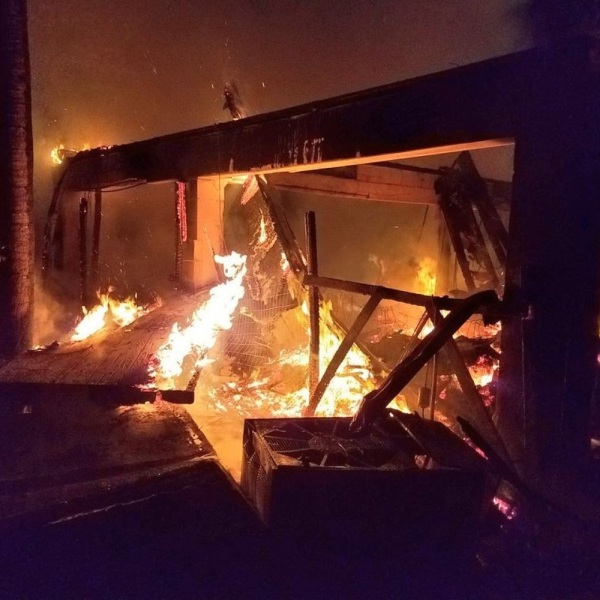
Exotic metals such as titanium, zirconium, magnesium, and sodium are found in class “D” fire explosions. This type of fire needs special fire extinguishing agents such as dry powders, and special techniques of implementation. The extinguishing agents and techniques used for “A,” “B,” or “C” fires neither will work for class “D” fires, nor will the agents and techniques used by class “D” fires work on any other form of fire accident. Many common agents like water, if applied, will actually react to burning metals, and increase the intensity of the fire violently.
● Class “K” Fire

Class “K” fires involve the fire accidents caused by the cooking medium, for example cooking oil. The easiest triggers can be any vegetable or animal based oils or fats with lower smoking points. These types of fire require special agents such as wet chemical extinguishers and systems that are alkaline in nature, and have superior cooling capabilities to obstruct combustion. To achieve complete extinction, the entire mass of the cooking medium in a deep fat fryer must be secured and cooled below to its auto ignition point. These fires were considered Class “B” fires prior to the 1998 edition of NFPA 10 Act. After thorough research, they were found to be special in nature and entirely distinct from Class “B” fires.
You can prevent fire at your home by the help of these fire preventing tips.
Types of Fire Extinguishers
01. Pressurized Water Fire Extinguisher
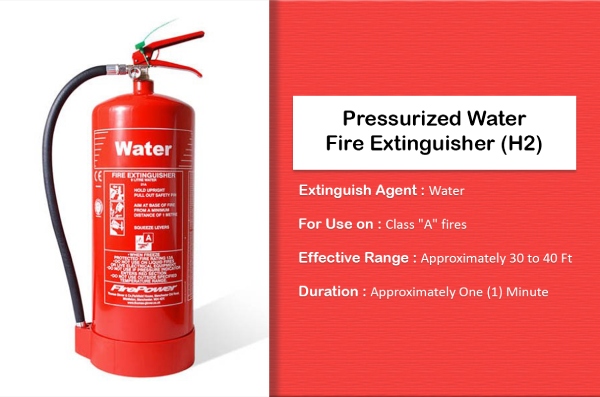
Know in detail about this type of fire extinguisher from here.
● How to Operate Pressurized Water Fire Extinguisher?
- First pull out the pin, or push the lever on top of the extinguisher-handle to the rear.
- Now grasp the hose, squeeze the handles together and direct the stream at the base of the fire.
- Turn on or off at will by squeezing or releasing the handles.
02. Carbon Dioxide Fire Extinguisher

● How to Operate Carbon Dioxide Fire Extinguisher?
- Carry the extinguisher near to the fire.
- Remove the locking device or the safety pin, point the horn at the base of the fire, and discharge by squeezing the handles together. Be sure not to place your hand on the horn when discharging the contents of the extinguisher, or you could get a freezer burn.
- Discharge carbon dioxide at the origin or base of the fire and move the horn from side to side at a moderate speed. Very fast movement will dissipate the vapor, and a too slow movement may discharge more than what is needed at one time.
- Continue to apply CO2 for a short time after the fire has been extinguished to prevent the chance of possible re-ignition.
Apart from fire extinguisher, you should also know about causes of fire.
03. Dry Powder (Chemical) Fire Extinguisher
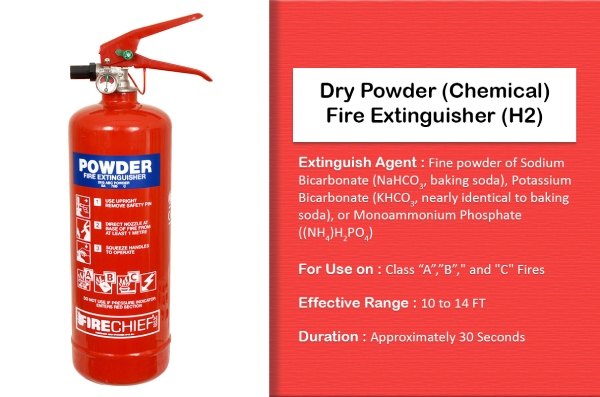
● How to Operate Dry Powder (Chemical) Fire Extinguisher?
- Carry the portable extinguisher near the fire source as much as possible with the help of its handle, and then operate according to the instructions imprinted on it (instructions usually read: remove safety pin or locking device, grasp nozzle and squeeze handles).
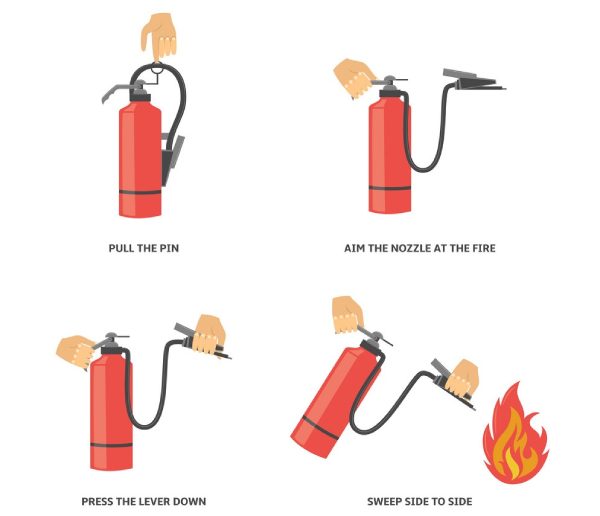
- For reducing the intensity of the flame, direct the stream at the origin or base of the flame, and move rapidly from side to side to gain full coverage on the fire.
- In small spill fires, where the entire width can be covered by the sweep of the dry chemical stream, attack the fire from the front side. The stream will discharge over the entire spill portion.
- Work with any breeze or wind at your back.
04. Halon Fire Extinguisher

● How to Operate a Halon Fire Extinguisher?
- Carry the fire extinguisher to the scene of fire in an upright position.
- Now, pull the ring lock pin and aim the nozzle at the base of the fire. Squeeze the carrying handle and the trigger together.
- Sweep the extinguisher from side to side.
05. Wet Chemical Fire Extinguisher
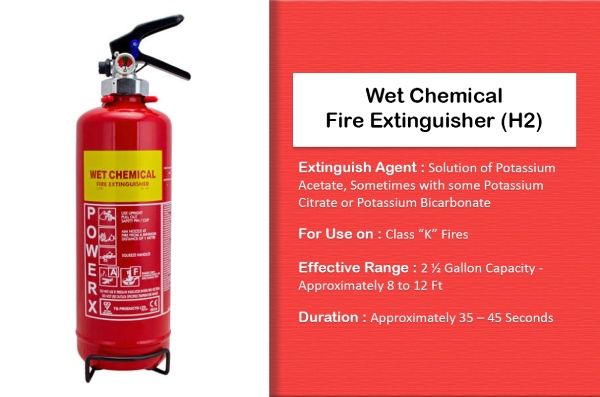
● How to Operate Wet Chemical Fire Extinguisher?
- Carry the extinguisher toward the fire by its handle and operate according to the instructions imprinted on it (instructions usually read: remove safety pin or locking device, grasp nozzle, and squeeze handles).
- The extinguished material is discharged as a fine spray, which reduces the possibility of splashing hot grease.
- Additionally, to offer rapid-fire management, a thick foamy blanket is formed to prevent re-ignition, while it helps in cooling both the hot cooking oil and the appliance.
Let’s sum up! By now you must have acquired knowledge about different types of fire, and related to this information you know which kind of extinguisher works best for a specific fire type. Extinguishers need to be conveniently located and easy accessible in the case of a fire accident. They also should be located along the regular paths of travel in a premise and near the exit points. Portable fire extinguishers, which are not wheeled, should be installed on the hanger or bracket supplied or placed in the cabinets or on the wall recesses. The inspection of the fire extinguisher is also important so that it must be visually inspected at regular course.
Image Courtesy: Image 1(a), Image 1(b), Image 3, Image 4, Image 5, Image 6, Image 7, Image 8, Image 9












